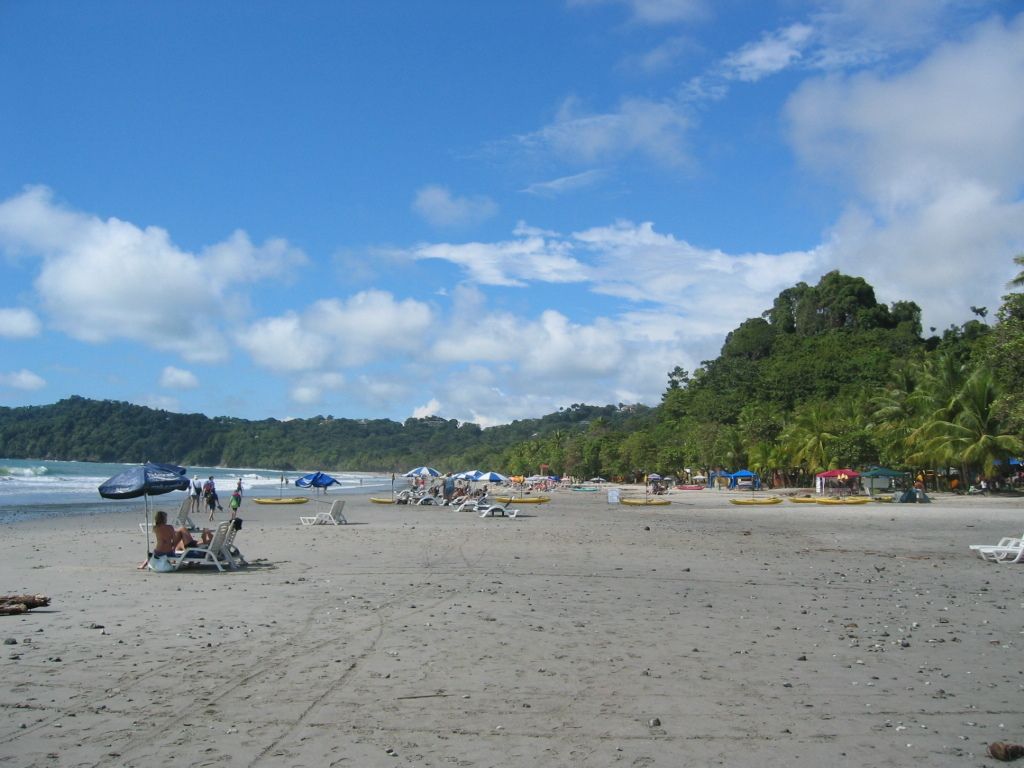Sweating in the Concrete Jungle: Which German Cities Suffer Most from the Heatwave
German cities experiencing the most heatwave impact.
Let's chat about the sweltering summers hitting our German cities and the cities that seem to be taking the brunt of it all. From Mannheim, Worms, and Ludwigshafen to Berlin, Hamburg, and Munich, it's a tale of scorching streets, heat waves, and the need for cooler relief.
According to a study by the German Environmental Aid (DUH), more than 12 million people in our cities are exposed to extreme heat at their place of residence. Using a "Heat Affected Index", the organization has scrutinized the relationship between high temperatures, concrete jungles, and green spaces in 190 cities with a population of over 50,000.
On the hotter end of the spectrum, cities like Mannheim, Ludwigshafen, and Worms rank high – but not in a good way! In these southern German cities, up to 91% of the population lives in severely affected areas. On the other hand, cities like Flensburg, Wilhelmshaven, and Kiel in the north benefit from milder summer temperatures. Hattingen, Gummersbach, and Witten top the charts as they offer more green spaces and fewer concrete structures.
Hamburg: The Coolest Metropolis
The DUH has divided Germany into a grid-like system using satellite data and census information from 2022. They've assessed surface temperatures during the summer months, sealing levels, green coverage, and population density, comparing these values to national averages and assigning points based on the deviation. Ultimately, they've classified 31 cities as particularly affected in the red category, 131 cities as moderately affected in the yellow category, and 28 cities, including Hamburg, as being in the best green group.
Heat Island Effect: A Green Approach to Combat Rising Temperatures
Heat waves are becoming more common in Germany, with cities feeling a significant impact due to their urban heat island effects. These effects are caused by high population densities, extensive built-up areas, and the lack of green spaces, which can lead to higher temperatures than in surrounding rural areas.
To combat this issue, cities can implement various measures. Schemes like the "sponge city" aim to allow water to better seep and be stored in the ground, making it easier to manage heavy rainfall and cater to dry periods. Green roofs and facades, parks, and trees support evaporation and cooling. One can also create cool air corridors to bring cooler air from the surroundings into the cities. Public drinking water fountains provide refreshment during hot spells.
Greening Our Cities: A Priority for Comfortable Living
Barbara Metz, DUH's Federal Managing Director, emphasizes the need for cities to prioritize the greening of urban areas. She demands minimum green space requirements for each plot, building, and public space, as well as legal regulations and financial support from the federal government for municipalities to implement these initiatives.
Staying hydrated is crucial during heatwaves, especially during prolonged spells with temperatures above 30°C. It is also recommended to reduce physical exertion and ventilation during hotter times of the day while seeking refuge in cooler areas.
Germany, already 2.5°C warmer compared to pre-industrial times, is deeply impacted by global warming. Heat-related deaths have become a significant concern – around 3,000 in each of 2023 and 2024, with even more in 2022, according to the Robert Koch Institute. With the right strategies and green initiatives, cities can become more resilient and comfortable for everyone to live in, even during sweltering summers.
Sources: ntv.de, Martina Herzog, dpa.
- Climate Change
- Urban Resilience
- Heat Wave
In light of the increasing heatwaves and urban heat island effects, it's important to implement science-backed strategies for urban resilience. This includes prioritizing environmental-science solutions such as creating cool air corridors, promoting green roofs and facades, and establishing more green spaces in our cities, as suggested by Barbara Metz, DUH's Federal Managing Director.
Moreover, with the growing threat of climate-change-induced heatwaves, it's crucial to ensure the health-and-wellness of our community by adhering to policies that foster urban resilience and reduce the impact of extreme temperatures on our cities and their inhabitants.






